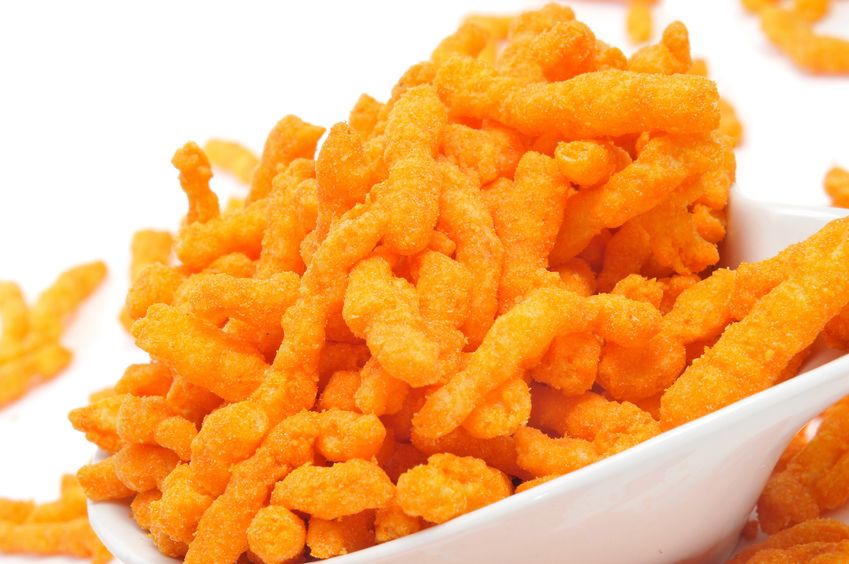In the past 60 years, the American diet has changed significantly. Portion sizes have increased, in many cases quadrupled; more meals are prepared and eaten outside the home; and we’ve come to rely on the convenience of packaged foods. As our waistlines surge and our health plummets, we’ve begun to question the role that these changes are having on our bodies and on our health. Many experts propose that getting back to the basics (avoiding processed foods, preparing foods at home and controlling portions) is a step in the right direction to reclaiming our health.
Processed Foods
Most foods that we buy are processed to some degree. Skim milk has the fat removed and is pasteurized for safety. Beans may be soaked, cooked and packed for convenience. Processing is any change made to a food from its natural state and includes peeling, slicing, cooking, dehydrating, preserving, and freezing. Some processing, such as freezing, allows us to eat fruits and vegetables through the winter months. Minimal processing like this leaves nutrients intact and does not add additional ingredients.
Highly-processed foods, on the other hand, often barely resemble their natural states. Examples include potato chips, candy, donuts, cookies, ice cream, and muffins. Looking at the label for any highly-processed food, you’ll most likely see a long list of ingredients, many that you would not have in your kitchen. It’s been reported that most Americans get 70% of their daily intake from highly-processed foods. Here are some reasons why you might want to consider limiting highly-processed foods in your diet.


